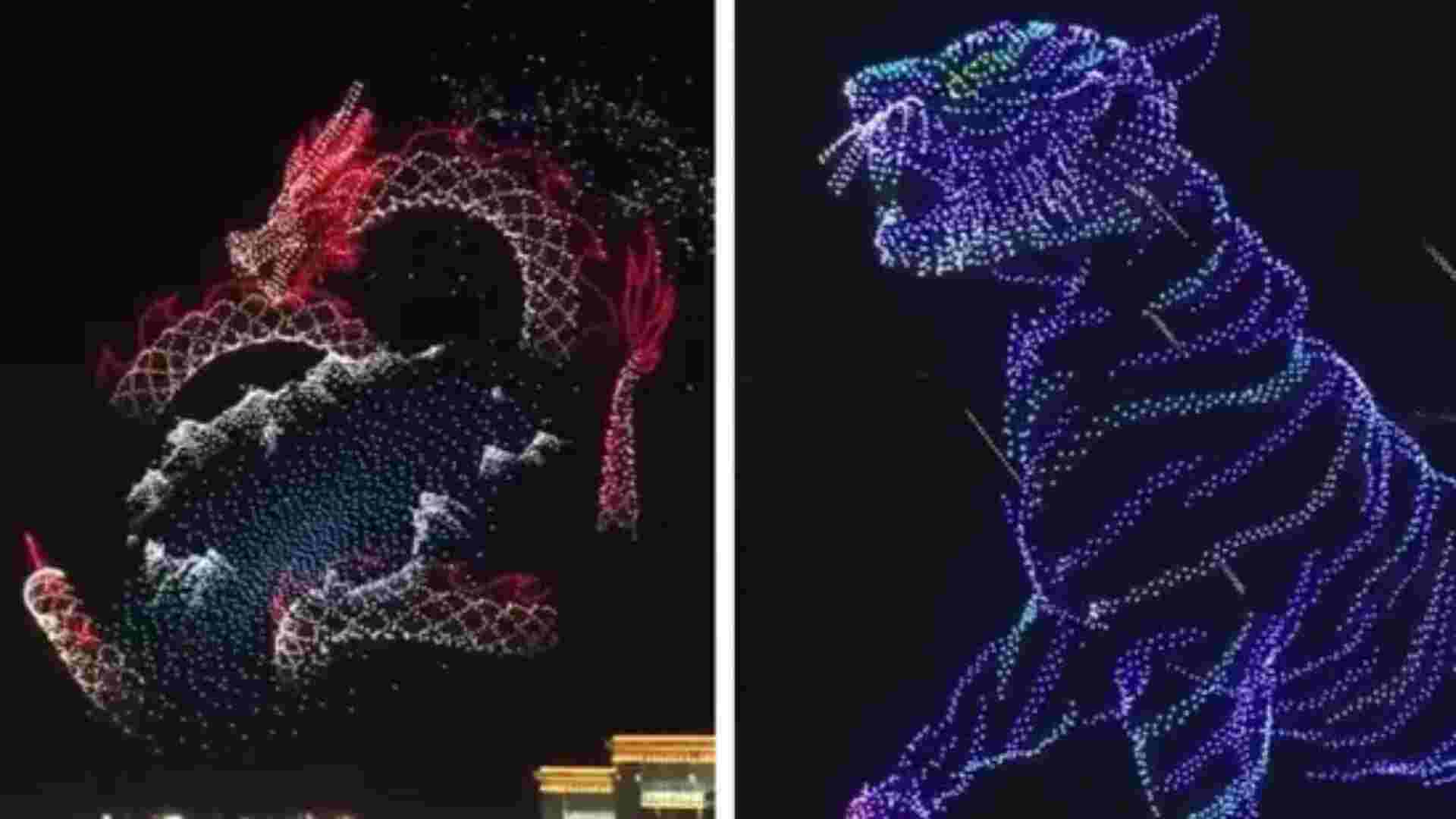
Gone are the days when product catalogues were just thick, glossy books that you would flip through to find the latest trends or must-have gadgets.
Today, product catalogues are transforming, moving from the traditional print format to the cutting-edge world of Augmented Reality (AR). This evolution is not just about keeping up with the times; it’s about creating an immersive, interactive experience that engages customers in ways that print never could.
Let’s take a journey through this exciting transformation in my today’s article.
The Classic Print Catalogue: A Nostalgic Beginning
Remember the excitement of receiving a new catalogue in the mail? Whether it was for toys, fashion, or home decor, these printed books were a treasure trove of possibilities. You could dog-ear the pages, circle your favorites, and dream about your next purchase.
Print catalogues had a charm of their own, but they were also limited. Static images and text couldn’t quite capture the full essence of the products.
The Digital Shift: Catalogues Go Online
As the internet became a household staple, many companies shifted their product catalogues online. This was a game-changer. Suddenly, catalogues were accessible anytime, anywhere.
Online catalogues offered dynamic content, such as zoomable images, videos, and customer reviews. It was a significant improvement, but the experience was still somewhat passive. You could see the products better, but you couldn’t interact with them.
Enter Augmented Reality: A New Dimension
Imagine being able to see how that new sofa would look in your living room without leaving your house. Or trying on a pair of sunglasses virtually to see if they suit your style. This is the magic of Augmented Reality (AR). AR overlays digital information onto the real world, creating an interactive experience that blends the physical and digital seamlessly.
How AR is Transforming Product Catalogues
The Benefits of AR Catalogues
Challenges and the Road Ahead
While AR catalogues offer numerous benefits, there are challenges to overcome. Developing AR content can be costly and time-consuming. There’s also the need for customers to have compatible devices. However, as technology advances and becomes more accessible, these hurdles are likely to diminish.
The future of product catalogues is undoubtedly bright. As AR technology continues to evolve, we can expect even more innovative and immersive shopping experiences. The days of static, print catalogues are behind us. Welcome to the dynamic, interactive world of Augmented Reality, where the possibilities are endless and the shopping experience is truly transformed.
In conclusion, the evolution from print to AR catalogues is not just a technological upgrade; it’s a revolution in how we shop and interact with products. It’s about bringing products to life in our own spaces, trying before buying, and making the shopping experience more personalized and enjoyable. So next time you think of a catalogue, imagine it in 3D, right in your living room. That’s the power of Augmented Reality.
The possibilities are endless, and the time to start is now! Reach Skill Bud to explore more & stand out in your competitive landscape!
This article is authored by Abhishek Anand, who is the founder of Skill Bud Technologies Pvt. Ltd., a tech company that specializes in Website Development, Augmented Reality, Web 3.0, Metaverse and Digital Marketing. He is also an Author, Speaker, Mentor and helps startups & businesses grow with technology.















